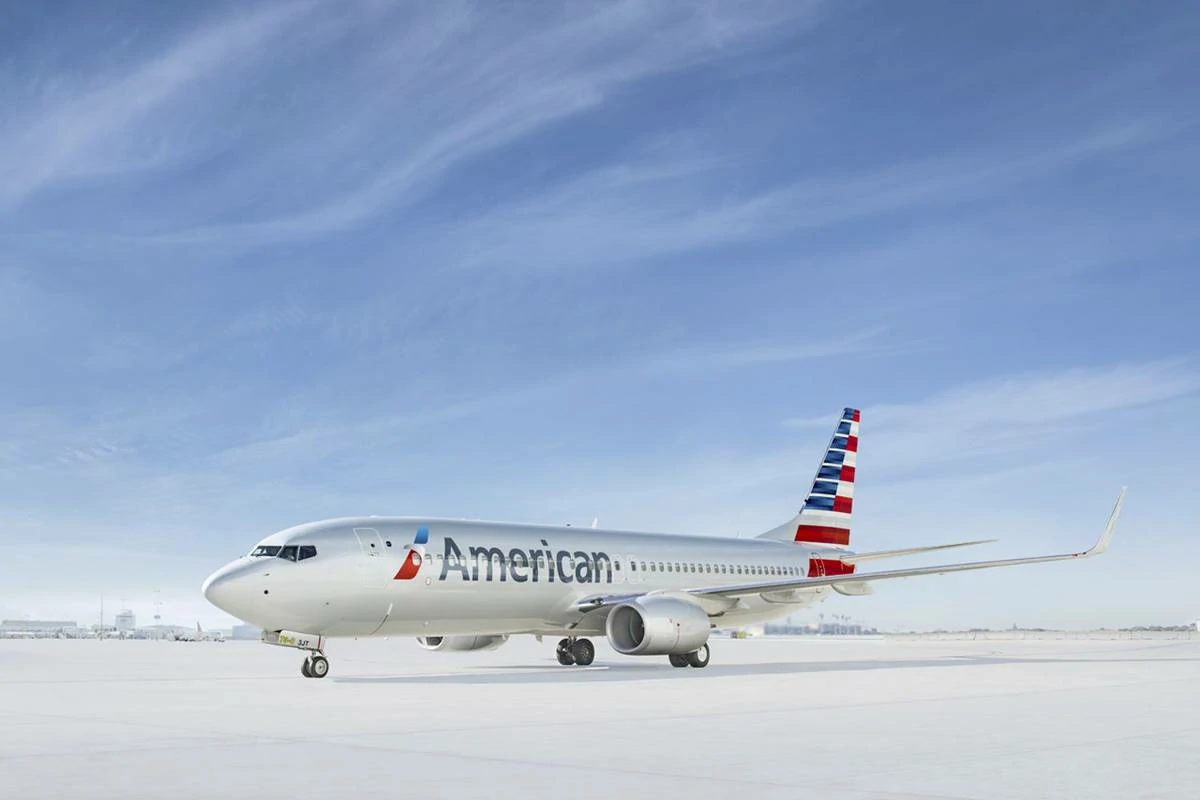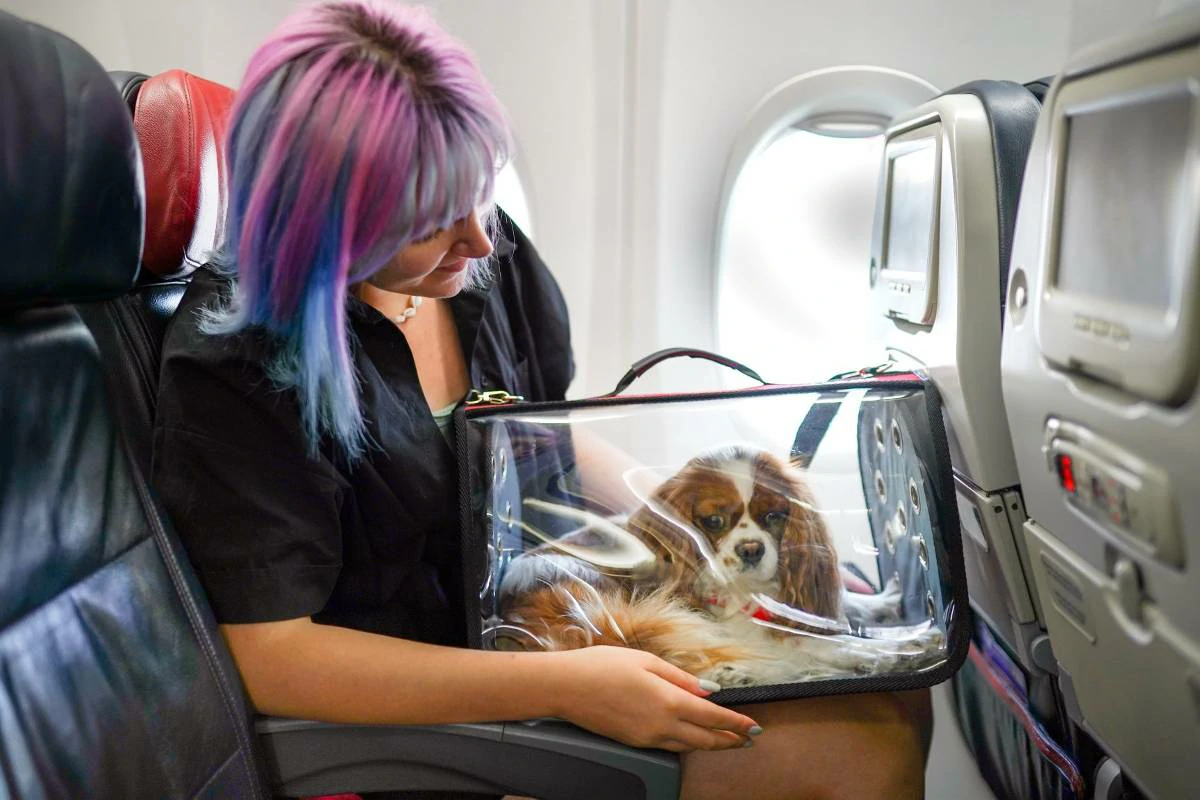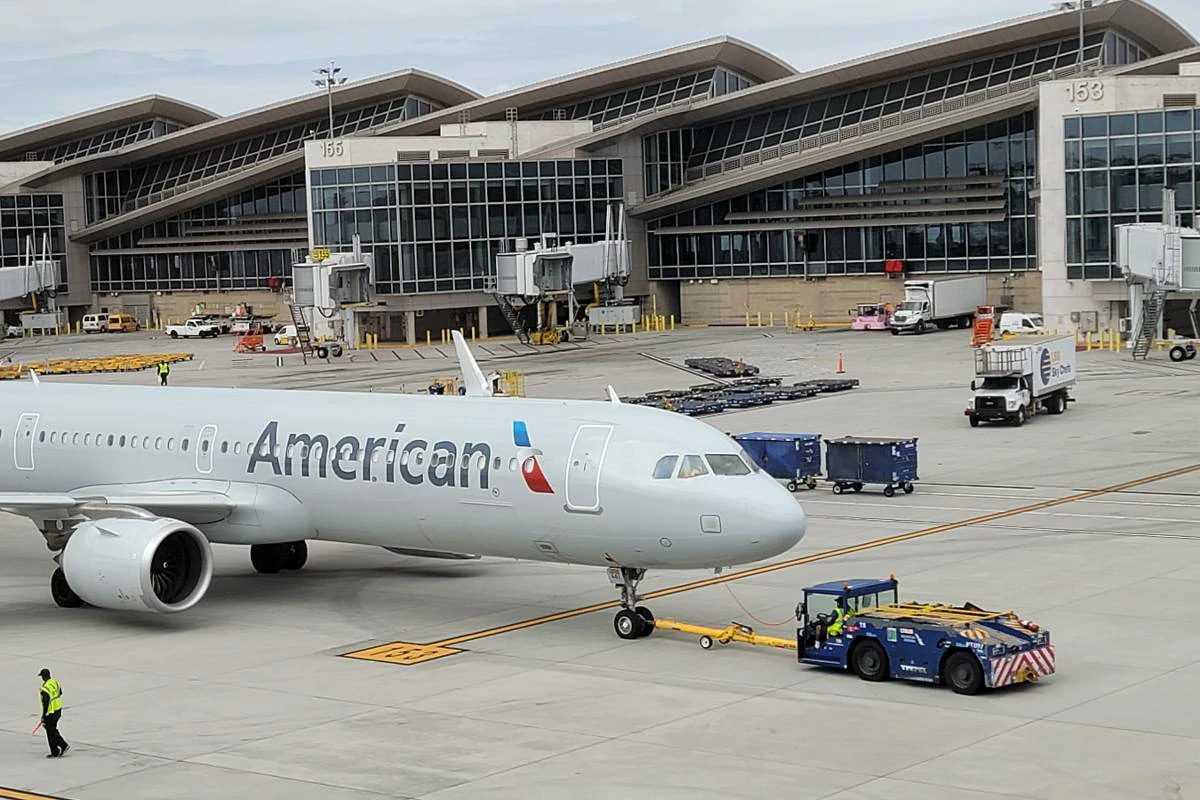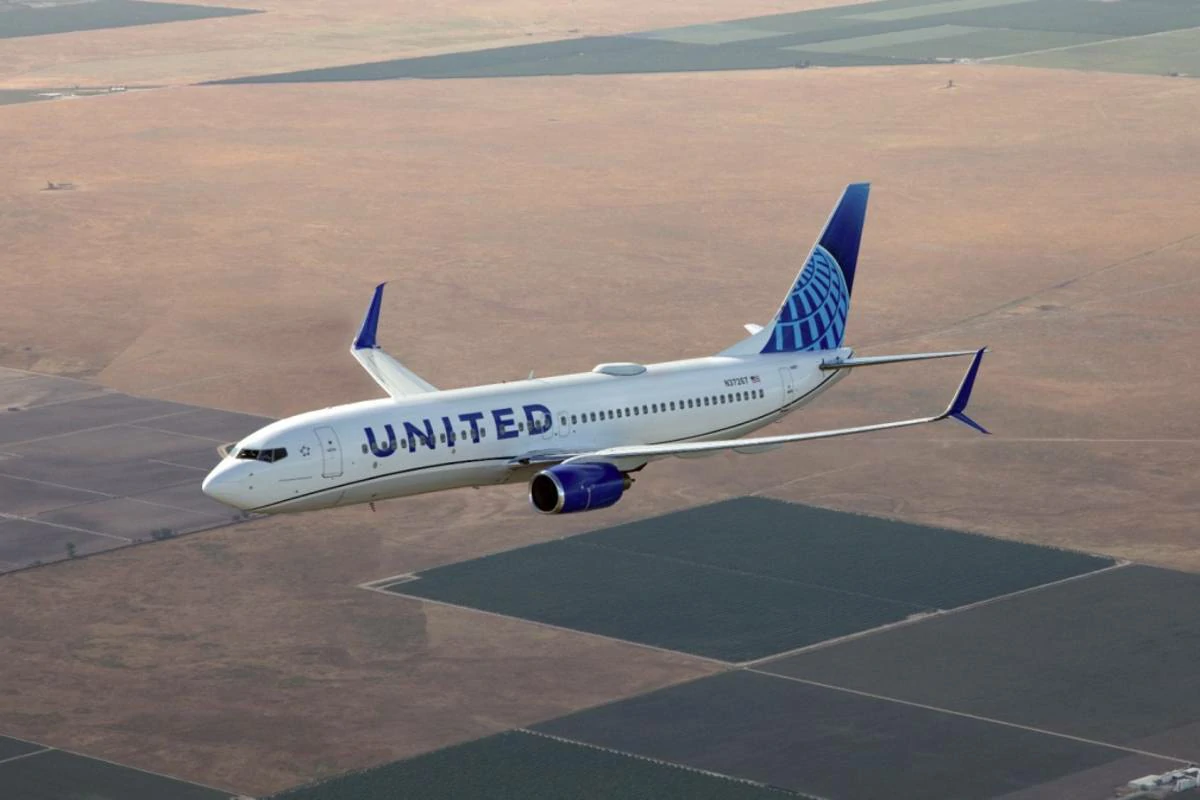What is an ADA hotel room? Answer is – An ADA hotel room is a room specifically designed to comply with the Americans with Disabilities Act (ADA). This means it has features to accommodate guests with disabilities, such as wider doorways, roll-in showers, grab bars, lowered sinks, and accessible light switches and outlets.
Summary
- ADA hotel rooms are designed for accessibility and compliance with the Americans with Disabilities Act.
- Key features include wider doorways, roll-in showers, grab bars, and accessible furniture placement.
- You can find ADA rooms through hotel websites, booking platforms, or by contacting the hotel directly.
- It’s important to communicate specific needs to ensure the room meets your requirements.
ADA Hotel Rooms
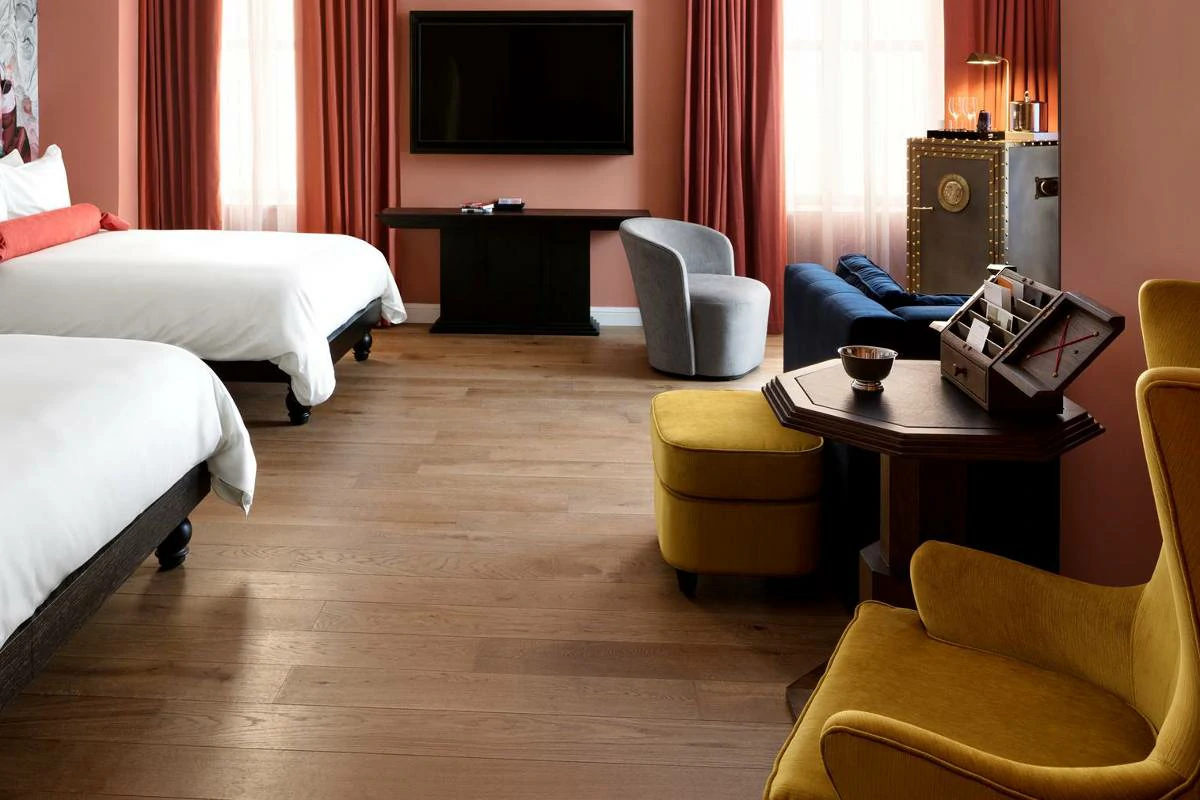
What is the ADA?
The Americans with Disabilities Act (ADA) is a landmark piece of civil rights legislation passed in 1990. This comprehensive law prohibits discrimination against individuals with disabilities in all areas of public life, including employment, transportation, public accommodations, and telecommunications.
Crucially for travelers, Title III of the ADA specifically addresses public accommodations like hotels, motels, and inns. This means hotels have a legal obligation to provide accessible features and services for guests with disabilities.
Why are ADA hotel rooms important?
ADA-compliant hotel rooms are essential for ensuring that people with disabilities have equal access to travel and accommodation. Here’s why they matter:
Freedom and Dignity: Accessible hotel rooms allow individuals with disabilities to travel independently and with the same level of comfort and convenience as anyone else. This promotes a sense of dignity and avoids the need to rely heavily on others for basic tasks during their stay.
Breaking Down Barriers: For too long, inaccessible travel infrastructure has posed a significant barrier for people with disabilities. ADA hotel rooms play a crucial role in dismantling those barriers and creating a more inclusive travel landscape.
Unlocking Experiences: Accessible accommodations mean that individuals with disabilities aren’t limited in their choice of destinations or activities. Whether it’s a business trip, a family vacation, or a solo adventure, ADA rooms ensure that everyone has the opportunity to experience the joys of travel.
Economic Benefits: Accessible tourism is a growing market segment. By investing in ADA-compliant rooms, hotels not only fulfill their legal obligations but also make themselves more attractive to a wider range of potential guests.
Sarah Anderson Expert Opinion
Sarah Anderson, Travel Accessibility Advocate underscores the importance of accessible accommodations: “ADA hotel rooms aren’t just a matter of compliance; they’re about creating a welcoming and inclusive environment where everyone feels valued. Accessible travel should be the norm, not the exception.”
What Does an ADA Hotel Room Mean?
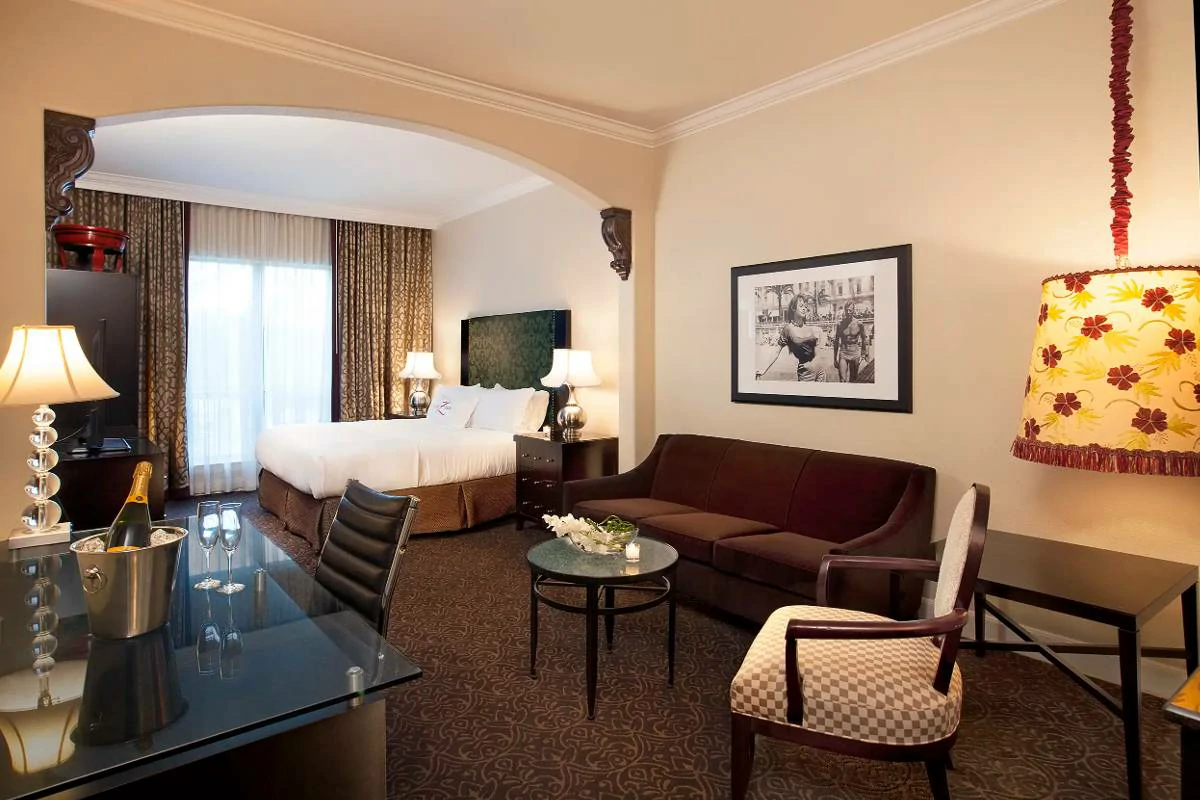
An ADA hotel room isn’t just a room with a few grab bars. The ADA sets specific guidelines for accessible design to ensure that these rooms are truly functional for individuals with disabilities. Let’s break down the key elements:
1. Essential Features of an ADA Hotel Room
Doorways and Clearances: ADA rooms must have wider doorways (at least 32 inches clear opening) to accommodate wheelchairs and other mobility devices. There also needs to be ample maneuvering space within the room for wheelchairs to turn and navigate freely.
Bathrooms: Accessible bathrooms are a crucial component of ADA rooms. They typically feature:
- Roll-in showers: These showers have a zero-threshold entry and enough space for a wheelchair to maneuver. They include grab bars and a fold-down or handheld showerhead.
- Accessible toilets: Toilets are positioned at a height that facilitates easy transfers from wheelchairs. Grab bars are also installed for support.
- Lowered sinks and mirrors: Sinks are placed at a lower height, and mirrors are tilted or lowered for seated use.
Sleeping Area:
- Bed height: Beds are at a height that makes it easy to transfer from a wheelchair.
- Space around the bed: Ample space on at least one side of the bed allows for wheelchair access and maneuvering.
Controls and Amenities:
- Light switches, outlets, and thermostats: These are placed at a reachable height and designed for easy operation.
- Closets: Closet rods are lowered for accessibility from a seated position.
- Visual alarms: Rooms for the hearing impaired include flashing lights for fire alarms and other alerts.
2. Types of ADA Hotel Rooms
While all ADA rooms share core features, there are some variations to address different needs:
Mobility Accessible Rooms: These are the most common type and cater to guests with mobility impairments. They feature the elements described above.
Hearing Accessible Rooms: Designed for guests who are Deaf or hard of hearing, these rooms include visual alarms for fire, phone calls, and door knocks. They may also have text telephones (TTY) or amplified phones.
Rooms with Communication Features: Some ADA rooms cater to guests with visual impairments or low vision. They may feature large-print information, Braille signage, and tactile controls.
Jenna Smith Expert Opinion
Jenna Smith, Occupational Therapist specializing in accessible design, emphasizes the importance of attention to detail: “True accessibility goes beyond the bare minimum requirements. The best ADA hotel rooms consider the user experience holistically, from the ease of opening the door to the placement of toiletries in the bathroom.”
How to Find and Book ADA Hotel Rooms
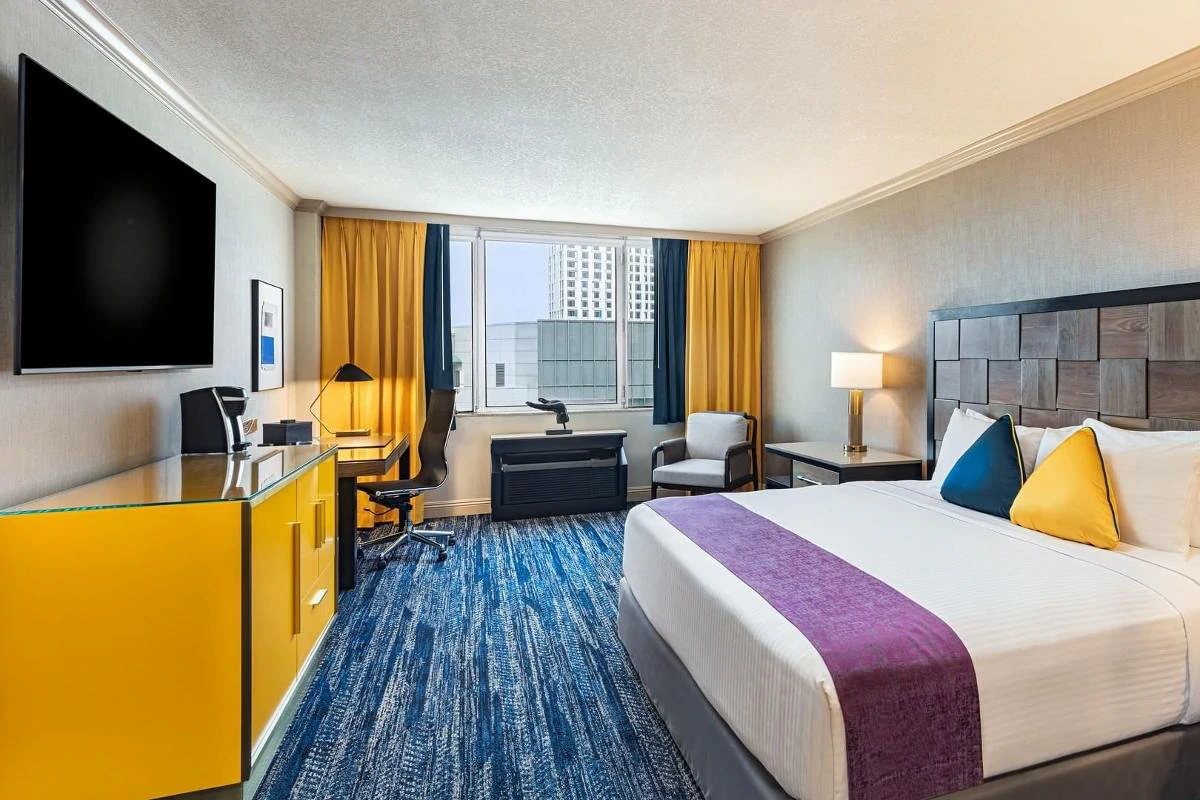
With some planning, you can easily locate and secure a room that meets your specific accessibility needs. Here are the most effective approaches:
1. Hotel Websites and Search Filters
The Direct Route: Most major hotel chains have dedicated sections on their websites for accessibility information. Look for tabs like “Accessibility” or “Accessible Travel.” These sections often detail the features of their ADA rooms and may even include photos.
Filtering Your Search: Many hotel websites allow you to filter your search results based on accessibility. Look for options like:
- “Accessible Rooms” or “ADA Rooms”
- “Roll-in shower”
- “Grab bars”
- “Visual Alarms”
2. Third-Party Booking Platforms
Popular Options: Websites like Expedia, Booking.com, and Kayak often have accessibility filters as well.
Caveats: While convenient, third-party platforms may not always have the most up-to-date or detailed information about specific ADA room features. It’s best to use them for initial research and then follow up with the hotel directly.
3. Contacting the Hotel Directly
The Best Approach: For the most reliable and comprehensive information, speaking to a hotel representative directly is always the way to go. Here’s why:
- Addressing Specific Needs: You can explain your individual needs in detail and ask questions about whether the room will truly accommodate them. For example, if you need extra space for a mobility aid or have a service animal, you can discuss this directly.
- Avoiding Booking Errors: Talking to a person reduces the risk of accidentally booking a standard room when you need an accessible one.
- Special Requests: Hotels are often willing to make minor adjustments or provide additional equipment, like a shower chair, if you let them know in advance.
Brian Wilson Expert Opinion
Brian Wilson, a wheelchair user and seasoned traveler, recommends: “Don’t be afraid to be very specific when you communicate with the hotel. The more detailed you are about your needs, the better they can match you with the perfect room.”
What to Expect in an ADA Hotel Room
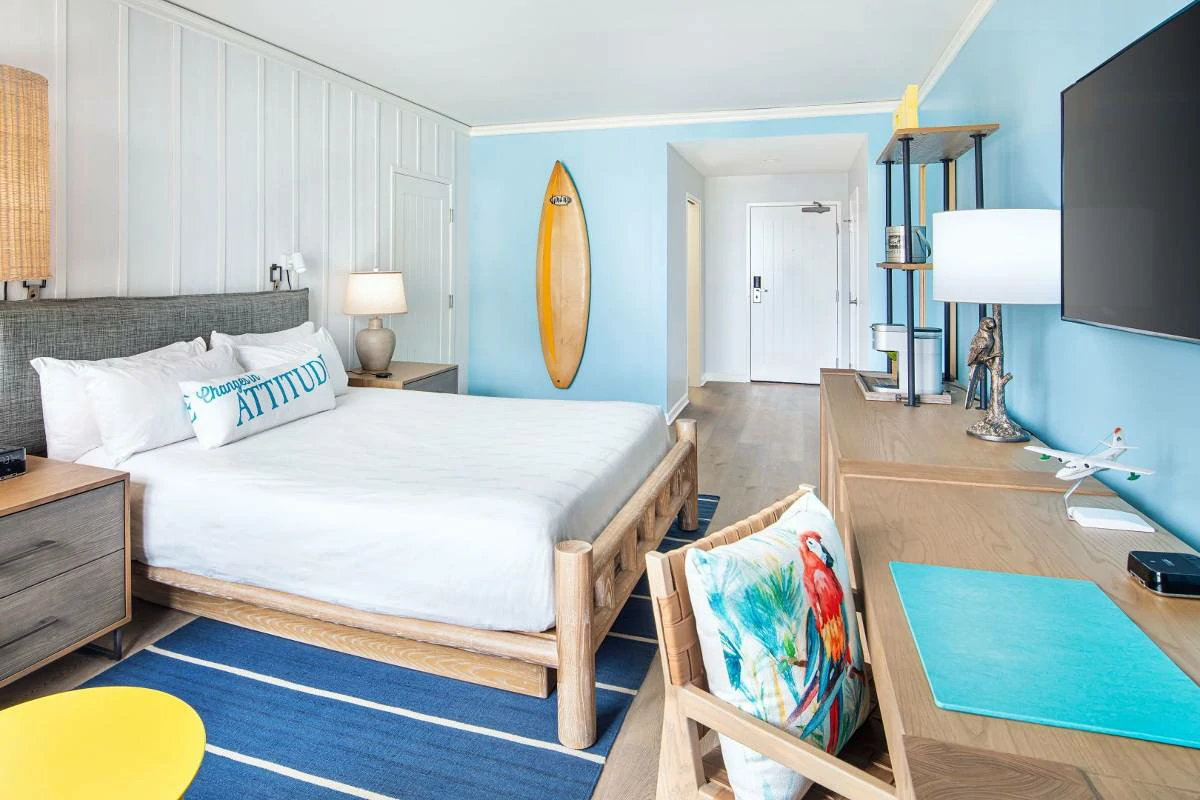
1. Bathroom
The bathroom is often the most critical area of an ADA hotel room, as it contains features essential for independence and safety. Here’s a breakdown of the key elements you should find:
Roll-in shower or accessible bathtub
Roll-in Showers: Most ADA bathrooms feature roll-in showers. These have a zero-threshold or minimal lip for easy wheelchair entry and ample space for movement. They include:
- Grab bars: Installed at strategic points for support and balance
- Shower seat: A fold-down or built-in seat provides a resting place.
- Handheld showerhead: A flexible hose allows for adjustable positioning.
Accessible Bathtubs: Some ADA rooms may have accessible bathtubs instead of showers. These have lower sides for easier entry and exit, grab bars, and often a built-in seat.
Grab bars
These safety essentials are strategically placed around the bathroom:
- Shower/tub: For support when getting in and out, as well as while bathing.
- Toilet area: To assist with transfers on and off the toilet.
Lowered sink and mirror
- Sink: The sink is set at a height that allows for use from a seated position. There is also knee clearance underneath to accommodate a wheelchair.
- Mirror: A full-length mirror is either tilted or lowered for convenient use while seated.
Accessible toilet
- Height: The toilet seat is at a height that facilitates easy transfers from a wheelchair, usually between 17-19 inches.
- Grab bars: Bars on either side or behind the toilet provide essential support.
- Flushing mechanism: The flush lever is easily reachable.
Emily Parker Expert Opinion
Emily Parker, an interior designer specializing in accessible spaces, highlights the importance of functionality: “A well-designed ADA bathroom isn’t just about ticking boxes. The placement of features, the types of fixtures, and the overall layout need to work together seamlessly to support the user’s needs.”
Important Reminder: Remember, ADA requirements set minimum standards. Some hotels go above and beyond to provide exceptional accessibility. Here are some additional features you might find in the best ADA hotel bathrooms:
- Adjustable-height showerheads
- Rain showerheads for a spa-like experience
- Extra-wide doorways for larger wheelchairs or mobility devices
- Raised toilets for even easier transfers
2. Bedroom
An accessible bedroom ensures a comfortable night’s rest and ease of movement for guests with disabilities. Here’s what to expect:
Wider doorways and clearances
Doorways: Doorways into the bedroom are a minimum of 32 inches wide to accommodate wheelchairs.
Clearances: There’s sufficient floor space throughout the bedroom for wheelchairs to maneuver, turn, and access furniture.
Accessible bed height
The bed is positioned at a height that allows for easy transfers to and from a wheelchair. This is typically between 17 and 23 inches from the floor.
Accessible light switches and outlets
These controls are placed at a reachable height and are designed for ease of operation. They are often larger or rocker-style switches rather than traditional toggles.
Visual alarms (for hearing impaired)
Rooms designated for guests who are Deaf or hard of hearing include visual alarms that flash in conjunction with fire alarms, door knocks, and telephone rings.
Adam Taylor Expert Opinion
Adam Taylor, a consultant for accessible tourism, stresses the importance of overall comfort: “An ADA hotel room should provide more than just the bare essentials. It should be a space where a person with disabilities can feel just as relaxed and at ease as any other guest.”
3. Other Hotel Areas
Accessibility extends beyond individual rooms, into the shared spaces of a hotel. Here’s what you should expect:
Accessible parking
Designated spaces: Hotels must have a certain number of accessible parking spaces located close to the entrance.
Van-accessible spaces: Some spots are wider and have extra aisle space to accommodate vans with wheelchair lifts.
Accessible routes to public areas
Pathways: Walkways, hallways, and ramps meet ADA width and slope requirements for wheelchair users.
Doorways: Entrances to restaurants, pools, fitness centers, etc., are wide enough for wheelchairs.
Signage: Clear signage and wayfinding aids help guests navigate the facility.
Accessible elevators
Braille buttons: Floor numbers are indicated in Braille for visually impaired guests.
Audio announcements: Audible cues announce which floor the elevator has reached.
Space: Elevators have enough space for wheelchair users to maneuver.
FAQs
Along with the practicalities of finding and booking accessible rooms, many people have questions about specific rights and what to expect. Here are answers to some of the most frequently asked questions:
Can I bring my service animal?
Yes! The ADA guarantees the right of individuals with disabilities to be accompanied by their service animals in all areas of hotels, including guest rooms. Service animals are not considered pets and therefore do not incur pet fees. Hotels may only ask if the animal is required due to a disability and what tasks it performs. To learn more about your rights, visit the ADA website’s section on Service Animals.
Are all ADA rooms the same?
No. While ADA rooms must meet minimum accessibility standards, there can be variations. Some rooms may have roll-in showers, others accessible bathtubs. The placement of furniture or size of the room may also differ. That’s why it’s crucial to communicate your needs directly to the hotel.
What if I have specific accessibility needs?
Always be upfront and descriptive about your needs when booking. Need a room with a very wide doorway for a power wheelchair? Require extra space for medical equipment? Request a shower chair or raised toilet seat? The more the hotel knows upfront, the better they can prepare for your arrival.
Can I be charged extra for an ADA room?
Hotels cannot charge more for an ADA room than a comparable standard room.
How many ADA rooms does a hotel need to have?
The ADA has specific formulas based on the total number of rooms in a hotel. You can find these detailed calculations on the ADA website.
What if the hotel doesn’t have any ADA rooms available when I want to book?
Hotels should make reasonable efforts to accommodate guests with disabilities. This might involve offering a different type of ADA room or making modifications to a standard room, if feasible.
Conclusion
Accessible travel is an essential aspect of ensuring that individuals with disabilities have the same opportunities to experience the world as anyone else. Understanding ADA hotel rooms and knowing your rights empowers you to make informed travel decisions. Here are some key takeaways:
- ADA hotel rooms are designed for accessibility: They feature essential elements like wider doorways, roll-in showers, grab bars, and more.
- Not all ADA rooms are identical: Communicate your specific needs to the hotel directly.
- Plan and book early: ADA rooms are often in high demand, so booking in advance increases your chances of securing the right room for you.
With knowledge and a bit of proactiveness, you can confidently find and book hotel rooms that will ensure a comfortable, accessible, and empowering travel experience.


